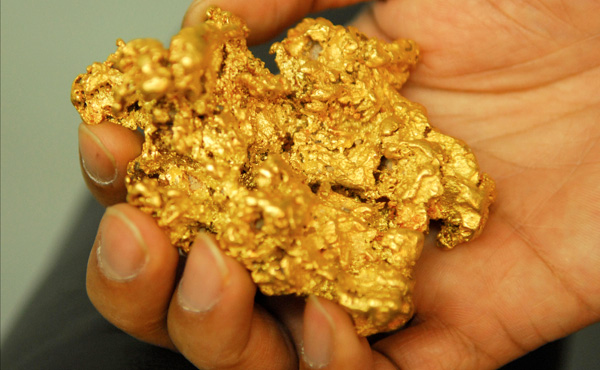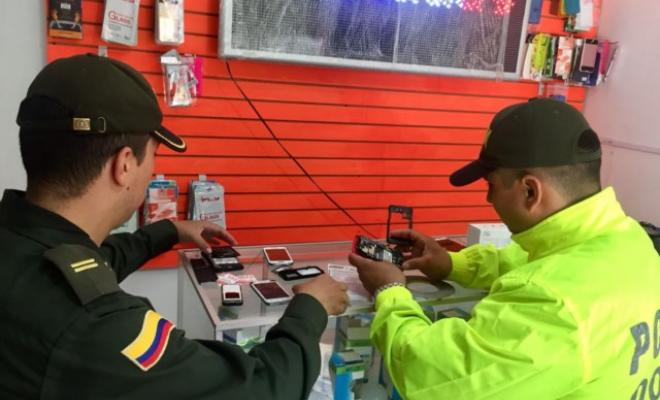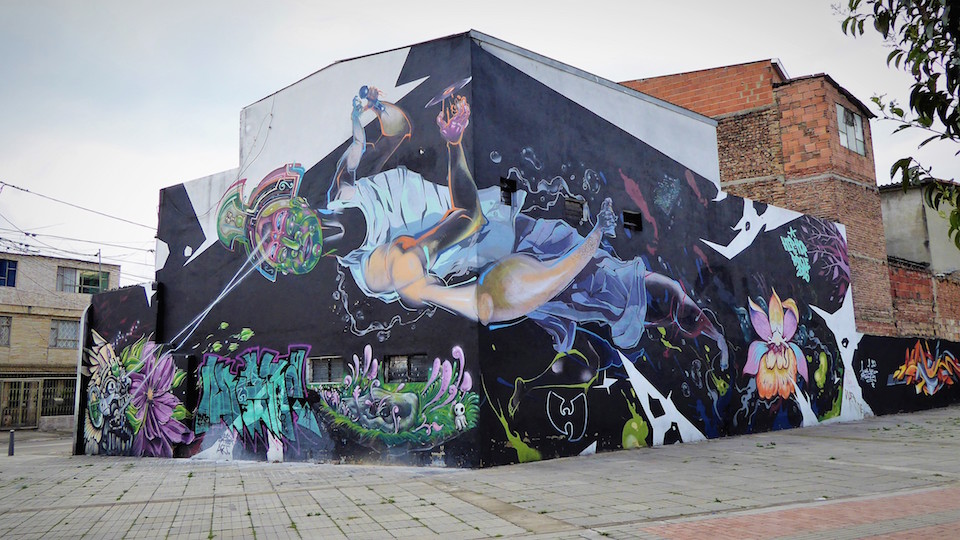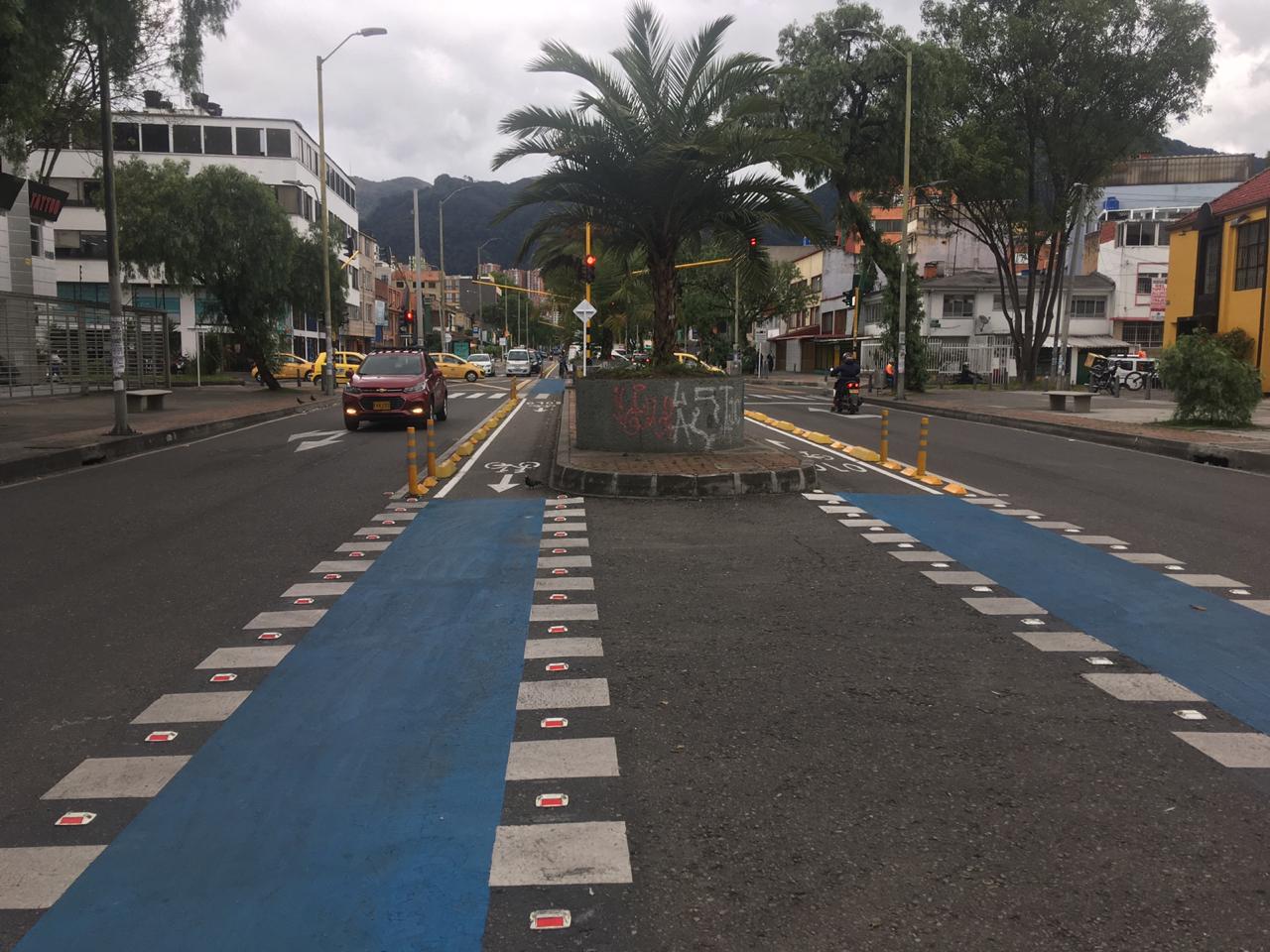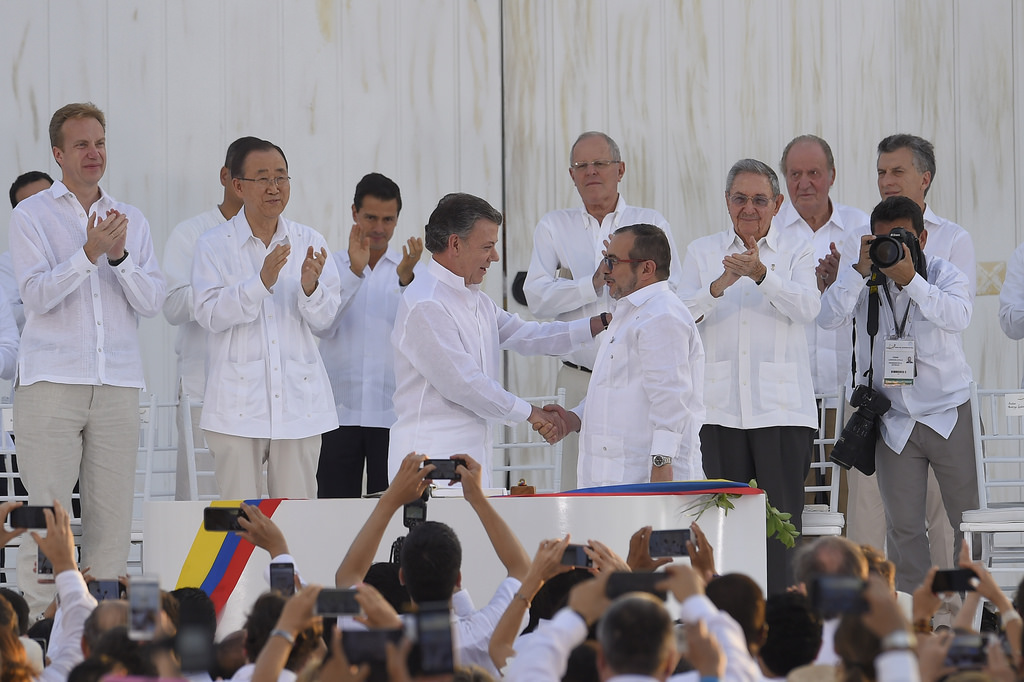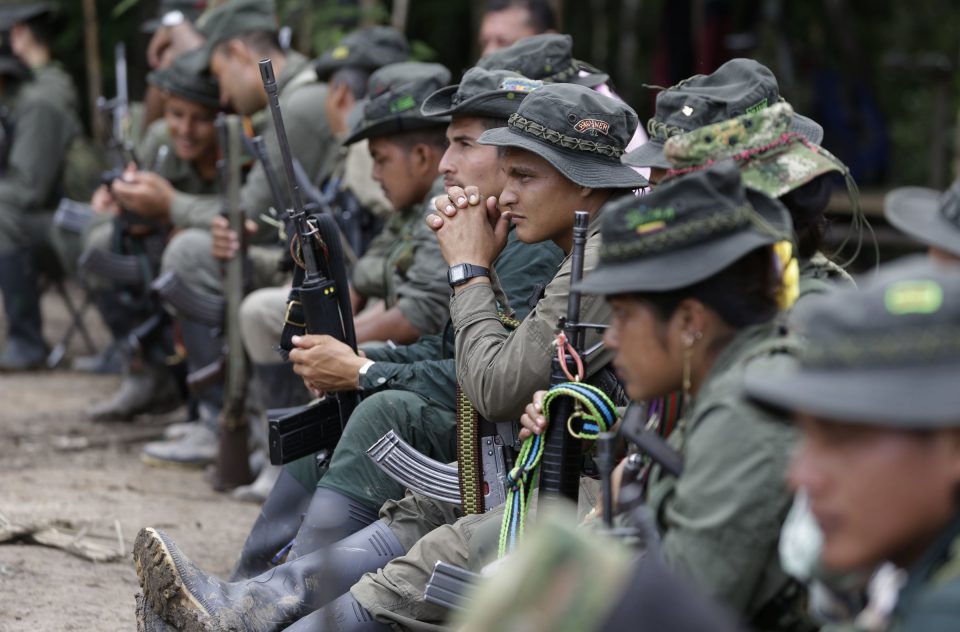Mike Mackenna delves into some of the complex issues raised by illegal mining
The headlines have been full of illegal mining recently after a major armed force crackdown and the collapse of a gold mine trapped 15 workers. The issues raised by mining – both legal and illegal – run deep into the fabric of society, with financial pressures jostling against environmental and human rights concerns, and the ever present spectre of organised crime.
The Armed Forces recently carried out Operation Anostomus, a coordinated raid on illegal mines in Colombia’s south east region. In total 600 soldiers and police took part in the mission, supported by 22 aircraft and almost a dozen boats which combed hundreds of kilometres in the departments of Guainia, Vichada, Vaupés, Guaviare and Caqueta. The forces nabbed 59 people, including 12 members of the FARC, and they destroyed nine camps and eight laboratories.
You might expect that this was a drugs raid, but no, Operation Anostomus targeted what some are calling the “new cocaine”: illegal mining.
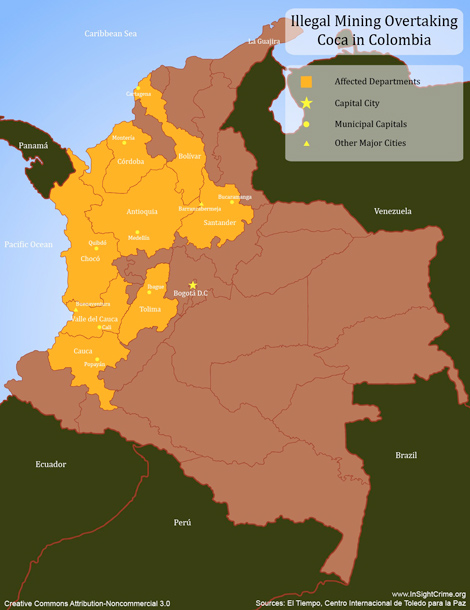 There are illegal mines operating in 24 out of the 32 departments in Colombia – and Semana magazine puts the total cash moved by the illegal mining industry at $45,000 million COP per month.
There are illegal mines operating in 24 out of the 32 departments in Colombia – and Semana magazine puts the total cash moved by the illegal mining industry at $45,000 million COP per month.
A kilo of cocaine is worth $4 million COP, and a kilo of gold is worth $90 million COP. Such direct comparisons are a little misleading since there are obviously wide differences in the production costs and the legality of the final product.
But there are also a number of similarities between the two industries. Both operate in rural areas that are often outside of state control. Both provide an income to local communities, but do damage to those communities at the same time. The revenues from both fund guerrillas and organised crime.
Human costs
The recent mine collapse in Caldas that left 15 dead is just one in a string of similar tragedies, and one aspect of the human cost of these activities. Food and water sources have also been contaminated by the chemicals used.
In some areas, the dangerous levels of contamination led the Attorney General to ask the Health Minister to provide support to the numerous indigenous communities affected by the contaminated food supply.
Environmental problems
The boom in both legal and illegal mining brings considerable environmental problems for the country. Semana describes the poisoning of crops and rivers by illegal mining as an “environmental holocaust”.
Tatiana Tenjo, press officer for the National Mining Association (ANM) tells The Bogota Post that there is a big difference between legal and illegal mining. “Legal mines have to comply with a set of rules, and are subject to inspections. Obviously that’s not the case with illegal mines.” She adds, “Exploiting Colombia’s natural resources without a licence is a kind of economic crime.
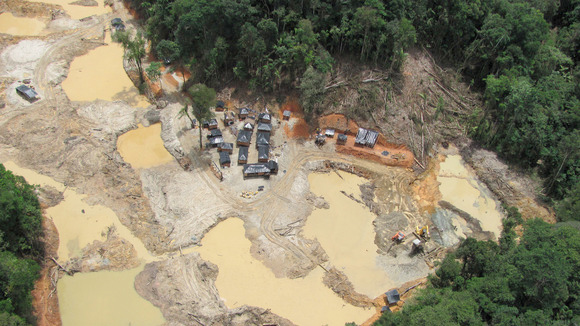
An illegal mine outside the town of Segovia, Antioquia.
Legal mines have to ensure that any chemicals they use in the extraction process don’t stay in the ground.”
Naming the mining raid “Anostomus,” after a type of fish found in the Amazon River, is fitting, since illegal mining is doing so much damage to Colombian waters. More than 90 rivers, including principal waterways like the Rio Cauca and Rio Magdalena, have been contaminated by chemicals used in illegal mining, such as mercury and cyanide. This, of course, affects the fish that swim in those rivers, the animals who drink from them, and the crops and vegetation which rely on them for water.
Illegal mining also brings with it alarmingly high rates of deforestation. Colombian miners working on the Peruvian side of the Amazon use roughly a ton of mercury and cyanide per year, which destroys an estimated 250 hectares of forest annually.
Related: Jericó votes to ban mining
The aforementioned mining operation in Peru is run by the FARC’s 63rd Front, according to a report by the Peruvian newspaper El Comercio, which claims it is part of widespread illegal mining operations by the guerrilla group. In fact, according to a 2012 estimate by the Colombia think tank Nuevo Arco Iris, the FARC derive 20 percent of their income from illegal mining.
‘A nightclub in a cathedral’On April 22, the Alianza Verde led a debate in the Colombian congress regarding the granting of mining licences in the Colombian plains, or paramos. Alianza Verde representative Angélica Lozano claimed that President Santos is “bowing down to, and at the service of, international mining companies.” She also said that mining in the paramos is “like putting a nightclub in a cathedral.” |
All about the money
While there are other players in the illegal mining business, according to Semana, the FARC, the ELN and Bacrim (the Spanish abbreviation used for criminal bands of all types) control illegal mining in close to half of the 233 municipalities. Some particularly unfortunate municipalities suffer from the presence of all three groups. In Choco, Risaralda and southern Bolivar, the FARC and the ELN have actually come to an agreement about the percentage they take from mining profits.
Local communities also profit from illegal mining, as Yeison Gutierrez, who will continue mining even after only just surviving the recent mining accident in Riosucio, Caldas, told an El Tiempo reporter: “In this country, why even try to look for another job that pays this well?”
He claims to make $300,000 COP in a bad week, and $1 million COP in a good one, so it’s hard to argue with him. Yeison earns more in one good week than the 54 percent of Colombians who are on minimum wage ($644,350 COP) earn in a month.
Yet Yeison’s potential $4 million COP per month pale into insignificance, when you consider that even small mines like the one he was working in see average monthly profits of more than $120 million COP.
Steps towards legalisation
Mining presents the government with a number of challenges. There is pressure in congress to ensure that natural resources are not destroyed through legal mining (see sidebar).
Congressional issues aside, it is difficult for the government to write and enforce laws which take into account conditions on the ground, or even be able to get on the ground to find out what those conditions are.
Gloria Elsa Arias, from the Attorney General’s Environmental Crime Unit told Semana that investigating illegal mining is difficult to do in the middle of a shootout with guerrilla or criminal groups. Even if they do manage to prosecute someone for illegal mining, the penalties are light: sentences of up to 32 months, which can be served from home.
Another aspect of the problem is that it is extremely difficult for informal, small-scale miners to operate legally. The 2001 Mining Code mandated an extensive process for the legalisation of informal miners, and of the almost 3,000 applications for legalisation, only 23 were ever approved. Another attempt to legalise informal mining in that same year attracted 700 applications, of which one was approved.
A third attempt was made in 2013, and while the government has legalised more than 1,500 mines as of May 2015, they have also rejected over 14,500 applications – a rejection rate of almost 90 percent.
The AMN’s Tenjo explains, “Many mines don’t meet the technical, environmental and work standards. There are five different classes of requirements that mining operators have to meet to become legalised, and if they don’t meet those five fundamentals, we can’t license them.”
Some believe that the arduous regulation process is being used as a backdoor to a takeover of the mining industry by multinationals. Mayor Medaldo García of California, Santander – a mining municipality named after the US state initially famous for its gold mines – has already lived through this scenario, as he explained to La Silla Vacía. “The state demanded we take care of the environment without giving us the training or support to do so. Our local miners went broke trying to follow the regulations, and that’s when the multinationals arrived,” he said.
In the end, mining has been about for longer than Colombia itself, as have the questions of how to both protect and exploit the country’s resources. The industry is here to stay, the questions are about how it will be regulated and where the money will go – especially as oil revenues fall and the government needs to maximise its other income streams.
By Mike Mackenna

